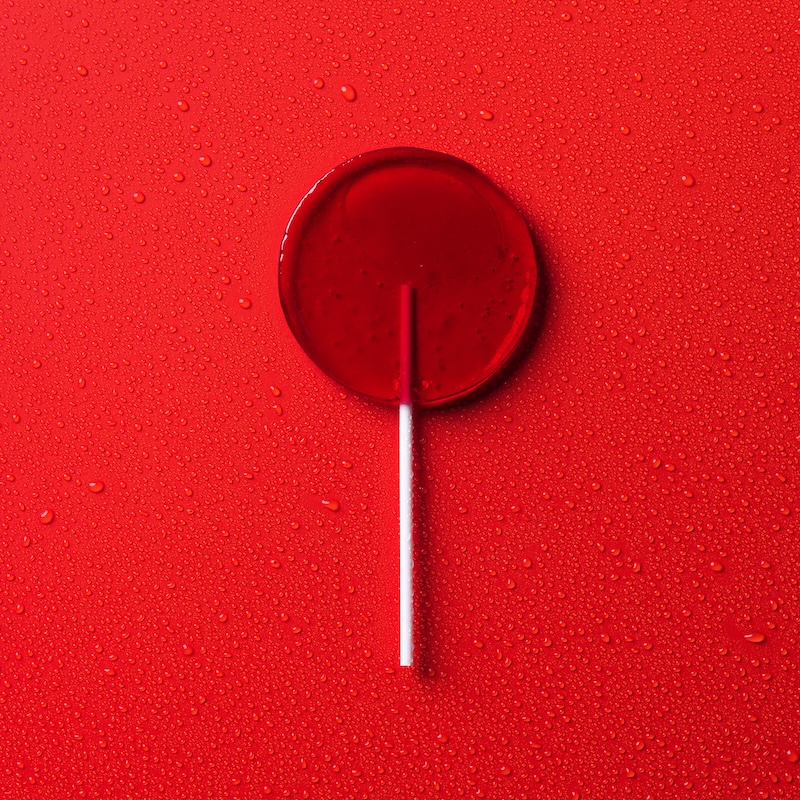
Photo: KateNovikova/Depositphotos
Have you ever thought about how much color dye is in food and products you use every day? Well, it turns a lot of them use Red No. 3, and the Food and Drug Administration (FDA) has just banned the use of the synthetic dye in food and drinks nationwide.
Red No. 3 is an artificial additive made from petroleum that lends color to items for consumption such as cereals, candy, and sodas. Scientific studies conducted have linked the dye to cancer in animals and possible behavioral issues in children, marking the ban as a significant step towards improved food safety in the country.
Out of the 36 approved color additives on the FDA’s list, nine are artificial. Although the FDA has not yet banned other synthetic dyes such as Red No. 40, the Red No. 3 ban will significantly impact a number of products sold to and consumed by Americans. Over 9,200 products use the artificial additive, including certain dietary and health supplements.
Manufacturers have until January 15, 2027, to reformulate their products. Supplement manufacturers are granted an additional year to reformulate their goods, meaning the public will not see an immediate change in the near future.
Food safety groups such as the Center for Science in the Public Interest (CSPI) and lawmakers alike have expressed support of a ban for years, if not decades. In his statement responding to the mandate, CSPI President Dr. Peter Lurie pointed out the contradictory treatment of Red No. 3 by the FDA.
“At long last, the FDA is ending the regulatory paradox of Red 3 being illegal for use in lipstick, but perfectly legal to feed to children in the form of candy,” he says. The additive was banned in cosmetic manufacturing in 1990, in accordance with the Delaney Clause, a federal law prohibiting the use of carcinogenic food dyes for public consumption. In 2011, the FDA examined the possible links between behavioral issues in children and Red No. 3, but could not find definitive causal relationship. Over a decade later, their decision appears to be changing.
This announcement comes at a time when food quality awareness has become more widespread amongst the American population, which has already prompted some brands to reformulate their products without Red No. 3. Moreover, 10 U.S. states including California have already moved to ban the dye.
The additive is intensely restricted or even banned in other parts of the world like Japan, Australia, and European Union countries. Various trade groups and manufacturers have thus far been acquiescent, supporting the FDA’s commitment to science-based regulation. While this ban’s effects will not be immediate, it is certainly the beginning of a new era for food regulation.
To learn more about the ban, visit the Food and Drug Administration’s website.
The U.S. Food and Drug Administration banned Red Dye No. 3 in the beginning of 2025.
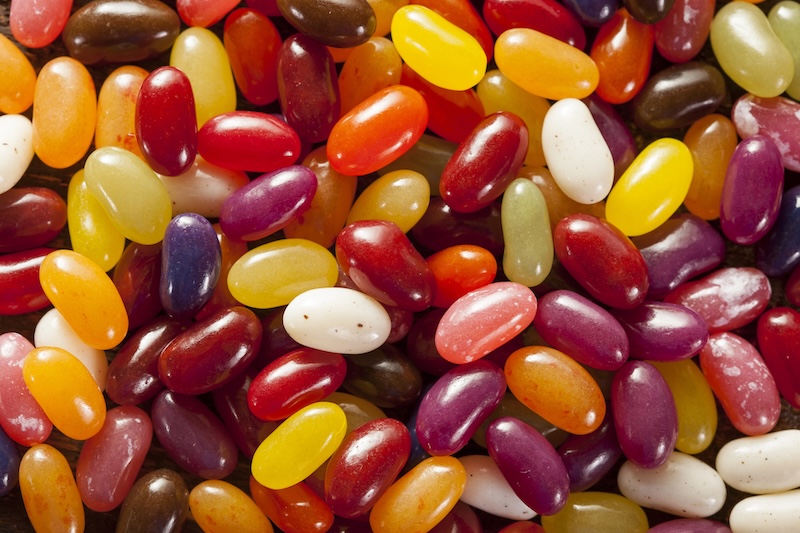
Photo: Brent Hofacker/Depositphotos
Red No. 3 is a synthetic dye that has been reportedly linked to health issues in people and animals.
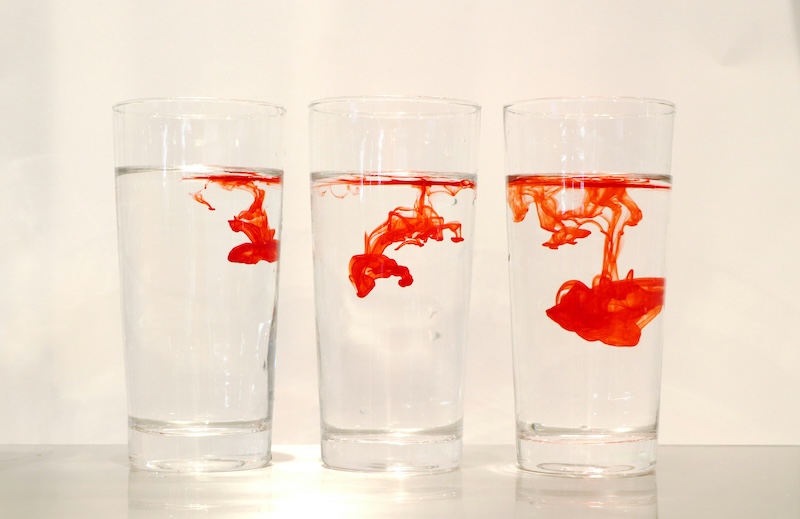
Photo: Chaozzy Lin on Unsplash
The artificial additive can be found in items such as candy, sodas, and even dietary supplements. Over 9,000 products in the United States currently use the dye.
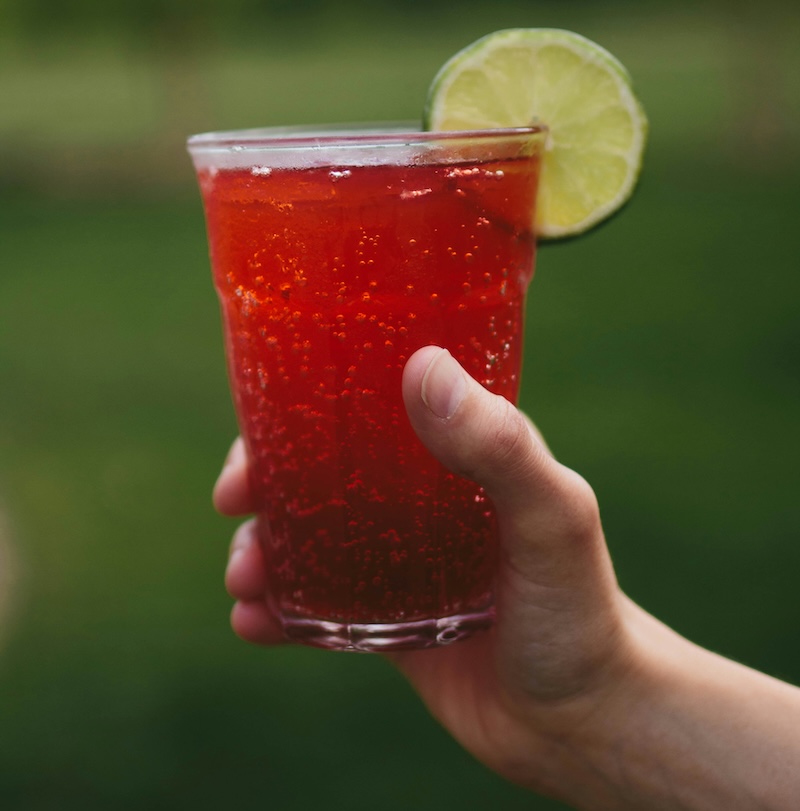
Photo: Battlecreek Coffee Roasters on Unsplash
The dye was banned from cosmetics in 1990, but the FDA only recently revisited its decision to ban Red No. 3 from food and drink products after increased lobbying and public health awareness.
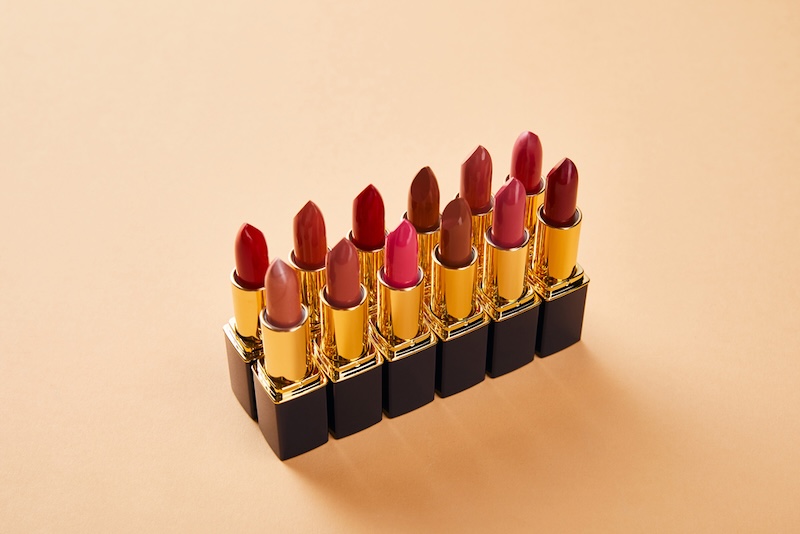
Photo: Anton Matyukha/Depositphotos
Source: FDA to Revoke Authorization for the Use of Red No. 3 in Food and Ingested Drugs; Where is Red 3 legal? See where your state stands
Related Articles:
Neurologist Shares What Age You Should Stop Drinking Alcohol for the Sake of Your Nervous System
Harvard Doctor Explains the Simple Foods That Are Really Good for Your Brain
Study Reveals How Many Steps You Should Walk a Day To Stay Healthy
